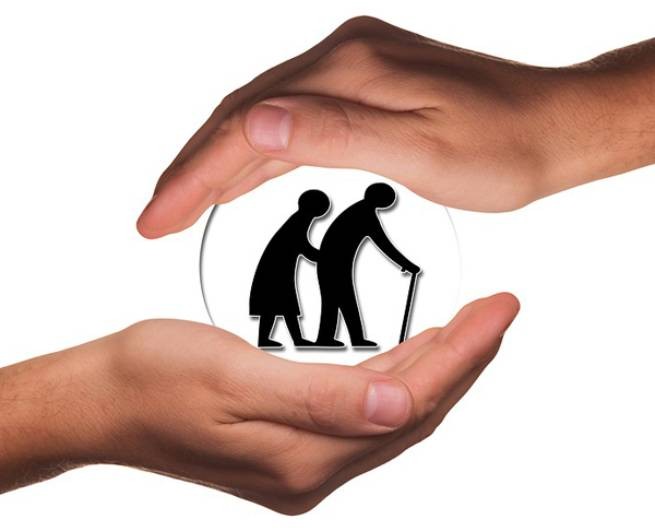Europe is faced with the problem of an aging population, so one of the key themes of European policy is life expectancy.
According to data for 2021 published this week by Eurostat, life expectancy for Europeans is 80.1 years. However, it is not very correct to use this indicator as a general one for all countries – in different countries it varies from 69 to 85 years.
Of the 242 regions according to NUTS 2 (one of the 5 categories of the territorial division system of the European Union), residents of the Bulgarian Northwestern region live the least (69.7 years), and the longest live in Spanish Madrid (85.4).
The higher the standard of living, the better the quality of education and medical services, as well as access to them, the higher the indicators. Lower values indicate the absence of these factors.
Life expectancy (LE) of women was higher in all regions. In Europe as a whole, women live 5.7 years longer than men.
Nationally, Liechtenstein continued to have the highest life expectancy in 2021 at 84.4 years. This figure for the Swiss was 83.9 years, for the Spaniards 83.3 years, and for the Finns 83.2 years.
Until 2019, life expectancy in Europe increased at a steady pace and reached 81.3 years. However, then there was a record decline, most likely due to the consequences of the COVID-19 pandemic. The 2021 rate was even lower compared to 2020, which was 80.4.
Experts say that the recession will be replaced by a rise – infant mortality is decreasing, and the standard of living is gradually increasing. This is reflected in the statistics: countries with a high human development index are in first place.
The World Health Organization defines life expectancy as the average number of years a person can live, taking into account various factors, including region, time, and existing diseases. The indicator takes into account the age-sex mortality rates prevailing at the time of birth in a particular year in a given country, territory or area.
This indicator is called the most important tool for tracking the level of well-being of society, it is of great importance for the development of public policy. France, for example, is trying to solve the problem of increasing life expectancy and the associated burden on the social security and healthcare systems. To achieve this, the government this year adopted a series of reforms aimed at increasing the retirement age and encouraging people to work longer. Although the government decision caused protests throughout the country.
But population aging is not only happening in France (life expectancy there is not the highest). Throughout Europe, life expectancy has been rising for decades. notes euronews.







More Stories
Greece is at the bottom of the EU in information and communication technologies
Real wages in Greece fell by 30%
ELSTAT: inflation increased by another 3.2% in March